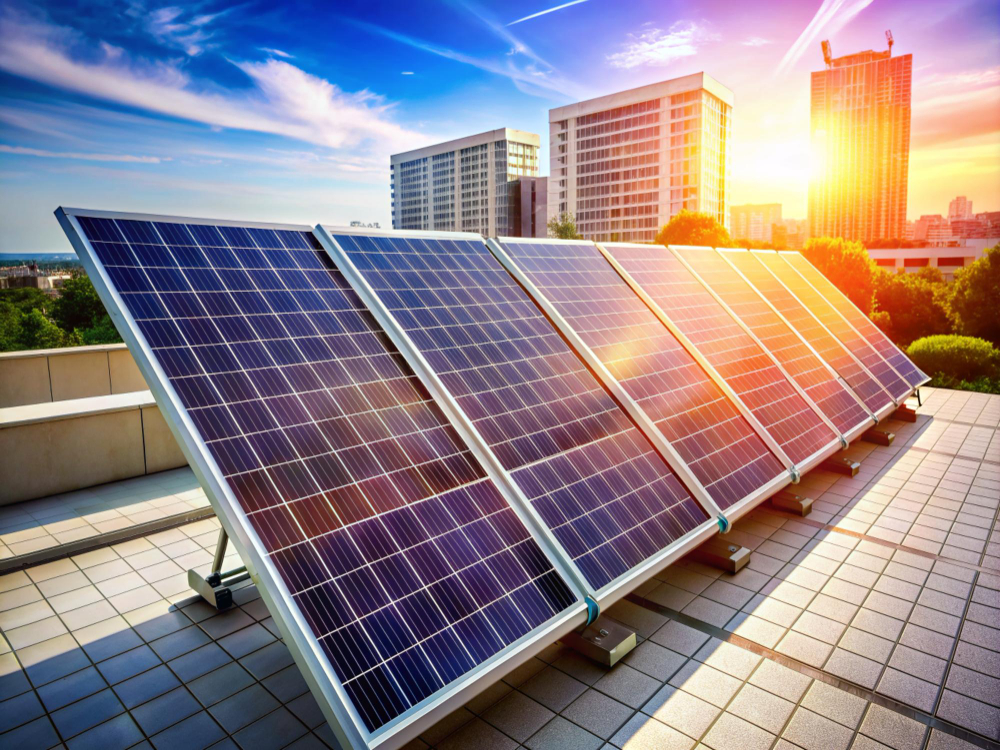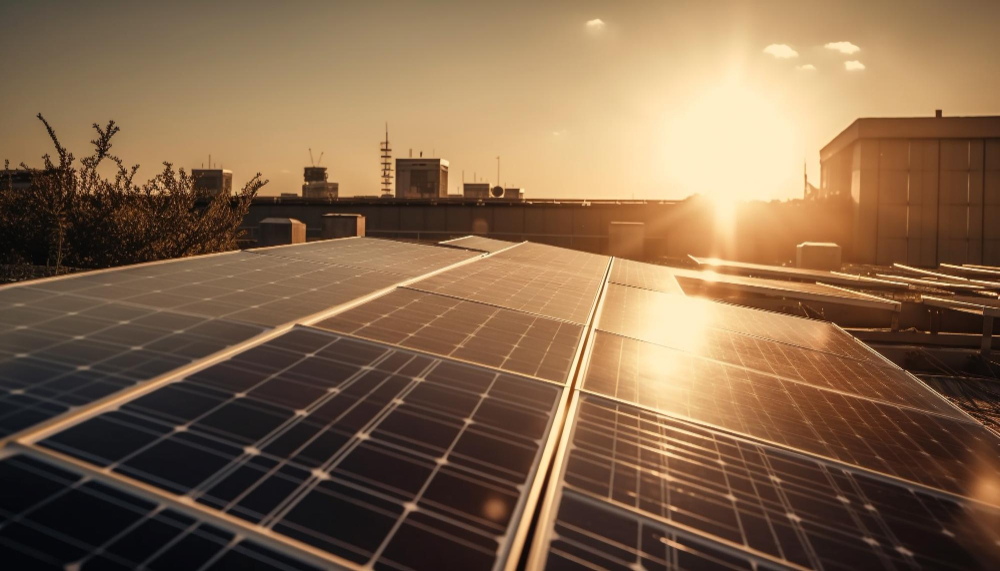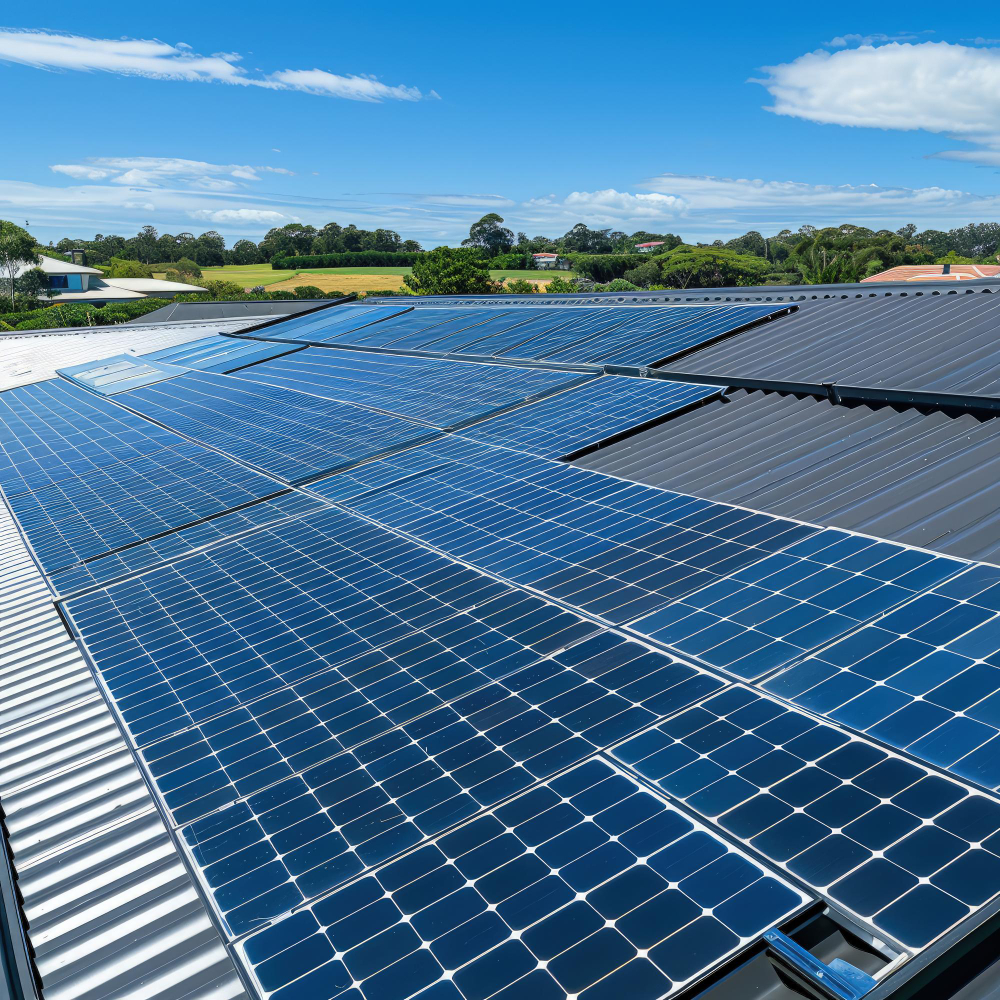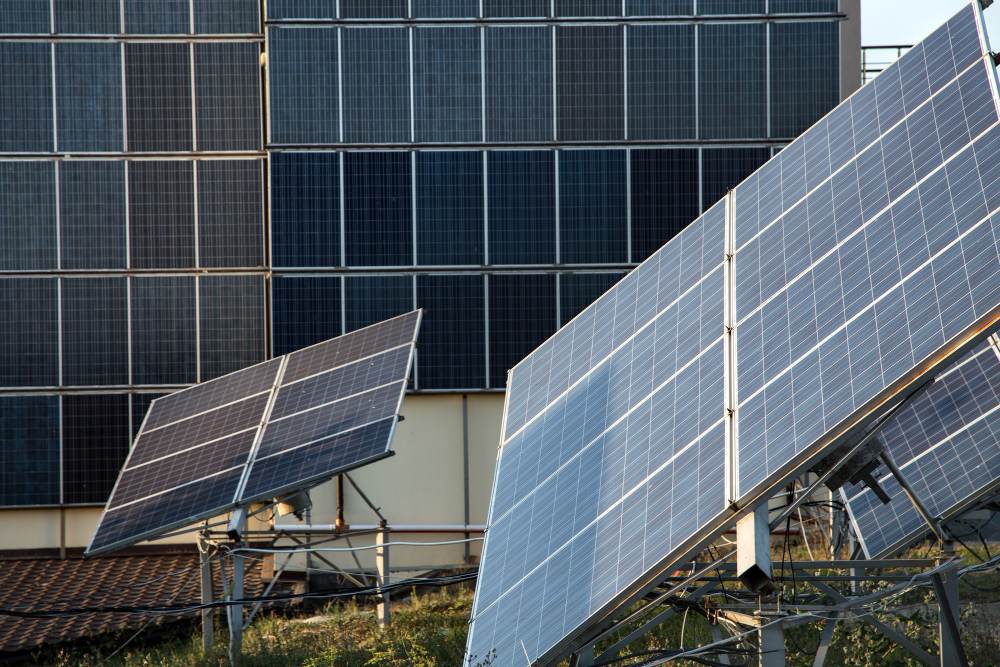Maximizing Your Solar System Efficiency: Expert Tips
Switching to solar energy is a fantastic way to reduce your carbon footprint and save money on your electricity bills. However, to get the most out of your investment, it’s essential to ensure that your solar system is running as efficiently as possible. Whether you’re a new solar owner or have had your system for years, these expert tips will help you maximize your solar system efficiency and make the most of the energy your panels produce. 1. Optimize the Placement of Your Solar Panels The placement of your solar panels plays a crucial role in how much energy they can generate. To maximize efficiency, your panels need to be positioned where they can capture the most sunlight throughout the day. South-facing panels: In the Northern Hemisphere, solar panels that face south typically receive the most direct sunlight. If your roof allows, position your panels to face south to maximize exposure. The angle of tilt: The angle at which your panels are installed should be adjusted according to your location’s latitude. A professional installer will ensure that your panels are tilted at the optimal angle to capture the maximum amount of sunlight year-round. Avoid shading: Even partial shading can significantly reduce the efficiency of your solar panels. Trees, buildings, and other obstructions can cast shadows that diminish your system’s performance. Regularly check for any new sources of shade and trim trees if necessary. 2. Keep Your Solar Panels Clean Dirt, dust, and debris can accumulate on your solar panels over time, blocking sunlight and reducing efficiency. Keeping your panels clean is a simple yet effective way to ensure they operate at peak performance. Regular cleaning: Depending on your location, you may need to clean your panels a few times a year. In dusty or dry climates, more frequent cleaning may be necessary. Rain can help wash away some debris, but it’s often not enough to keep panels spotless. Use the right tools: When cleaning your panels, use a soft brush or a sponge with soapy water. Avoid harsh chemicals and abrasive materials that could scratch the surface of the panels. If you’re uncomfortable doing this yourself, consider hiring a professional cleaning service. 3. Monitor Your System’s Performance Monitoring your solar system’s performance allows you to track how much energy your panels are generating and identify any potential issues early on. Many solar systems come with monitoring software that provides real-time data on energy production. Check your output regularly: By regularly checking your system’s performance, you can quickly spot any dips in energy production that might indicate a problem. Compare your current output with historical data to ensure your system is performing as expected. Watch for alerts: Many monitoring systems will send alerts if there are issues with your solar panels or inverter. Pay attention to these alerts and address any problems promptly to avoid prolonged periods of reduced efficiency. 4. Schedule Regular Maintenance While solar panels are relatively low-maintenance, scheduling regular inspections and maintenance can help ensure that your system remains in top condition. Professional inspections: Have a professional inspect your solar system at least once a year. They can check for any signs of wear and tear, ensure that all connections are secure, and verify that your inverter is functioning correctly. Inverter maintenance: The inverter is a critical component of your solar system, converting the direct current (DC) electricity generated by your panels into the alternating current (AC) electricity used in your home. Regularly check the inverter for error messages and ensure it’s working efficiently. Inverters typically last 10 to 15 years, so be prepared to replace yours when necessary. 5. Optimize Your Energy Usage Maximizing your solar system’s efficiency isn’t just about optimizing your panels—it’s also about how you use the energy they produce. Shift energy usage to daylight hours: Whenever possible, use energy-intensive appliances like dishwashers, washing machines, and air conditioners during the day when your solar panels are generating the most power. This reduces your reliance on grid electricity and ensures that you’re making the most of your solar energy. Install energy-efficient appliances: Energy-efficient appliances use less electricity, allowing you to get more out of the energy your solar panels generate. Consider upgrading to energy-efficient models to further reduce your energy consumption and costs. Use a smart thermostat: A smart thermostat can help you manage your home’s heating and cooling more efficiently. By programming your thermostat to reduce energy usage during peak sunlight hours, you can make the most of your solar power. 6. Consider Adding a Battery Storage System Adding a battery storage system to your solar setup can significantly enhance the efficiency and reliability of your solar energy system. Store excess energy: A battery system allows you to store excess energy generated during the day for use at night or during cloudy periods. This reduces your reliance on grid electricity and maximizes the use of your solar power. Improve energy independence: With a battery storage system, you can increase your energy independence, ensuring that you have access to power even during outages or when solar production is low. This is particularly beneficial if you live in an area with frequent power interruptions. 7. Take Advantage of Net Metering Net metering is a billing arrangement that allows you to receive credits for the excess energy your solar panels generate and send back to the grid. Understand your utility’s net metering policy: Different utilities have different policies when it comes to net metering. Make sure you understand how your utility credits your excess energy and how you can maximize these benefits. Monitor your energy credits: Keep track of your energy credits and usage to ensure you’re getting the most out of your net metering arrangement. This can help you optimize your energy consumption and save even more on your electricity bills. Conclusion: Getting the Most Out of Your Solar Investment Maximizing your solar system efficiency is key to getting the most value from your investment. By optimizing panel placement, keeping your system clean and well-maintained,








